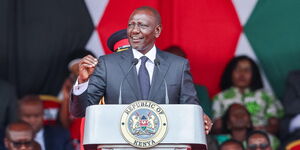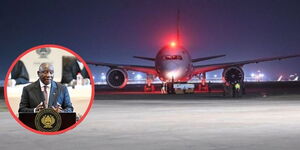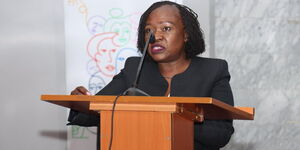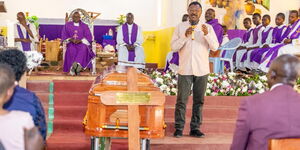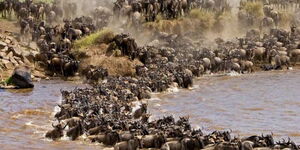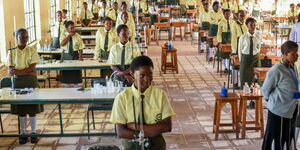To most Nairobi residents, Mutindwa is a neighbourhood in Eastlands, or perhaps, their favourite market. In eastern Kenya, however, the name refers to its biggest municipality, Meru Town.
Mutindwa, roughly translated to “where people spend the whole day”, is what the town is known as to locals in Meru County, the neighbouring Tharaka Nithi and some of the larger Eastern region.
In fact, the original full name of the town is “Mutindwa jwa Kangangi”, dating its origin back to the colonial era.
This is because Kangangi, translating to 'a little wanderer,' was the nickname of the first British District Commissioner of Meru, Sir Edward Butler Horne.
He got the nickname from his short stature and his frequent travels in the Meru district during his tenure between 1908 to 1918.
Meru History
Meru town was officially established on May 13, 1911, when Horne proclaimed the area where Meru town stands today as a township with coverage of one square mile from where the British flag post was and where the Union Jack was normally hoisted.
He had arrived in Meru in 1908 after being posted from Nyeri and settling shortly in Chuka in present-day Tharaka Nithi County.
In 1917, he built the first permanent structure in the town, the Meru National Museum, also serving as the district commissioner’s administrative headquarters.
The building was constructed with stones pasted together by mud, while the floor was wooden. To date, it still stands as an icon of Meru’s colonial history.
In 1971, Meru became the only municipality to be established outside provincial headquarters with an extended area covering 207 km² from the initial 2 km².
Present-Day Meru
Today, Meru is the headquarters of Meru County, which boasts a population of over 1.5 million people according to the 2019 census.
It lies on the northeast slopes of Mount Kenya in what is now known as Mount Kenya East.
The town itself hosts roughly 240,000 residents, predominantly the Ameru people from different subtribes, including the Imenti, Tigania, and Igoji, among others.
However, it also serves as a commercial hub and capital of Northern and Eastern Kenya, hosting the Central Bank of Kenya’s (CBK’s) Currency Centre, which serves the northeastern half of Kenya.
It also has 22 bank branches of Kenyan commercial banks. Additionally, it is the business and agricultural centre for northeastern Kenya, with its very own Gakoromone market ranking among the biggest horticultural markets in East and Central Africa.
It is also a regional centre for educational excellence, hosting national high schools like Meru School, Kaaga Girls and Kaaga Boys alongside a barrage of other institutions of higher education.
These include Meru University of Science and Technology (MUST), the Kenya Methodist University (KEMU—main campus), Mount Kenya University (Meru campus), Africa Nazarene University (Meru Campus), Kenya Medical Training College (KMTC) Meru Campus, Meru Technical Training Institute, Nkabune Technical Institute, University of Nairobi Extra Mural Centre, Kenya Institute of Management, among others.



